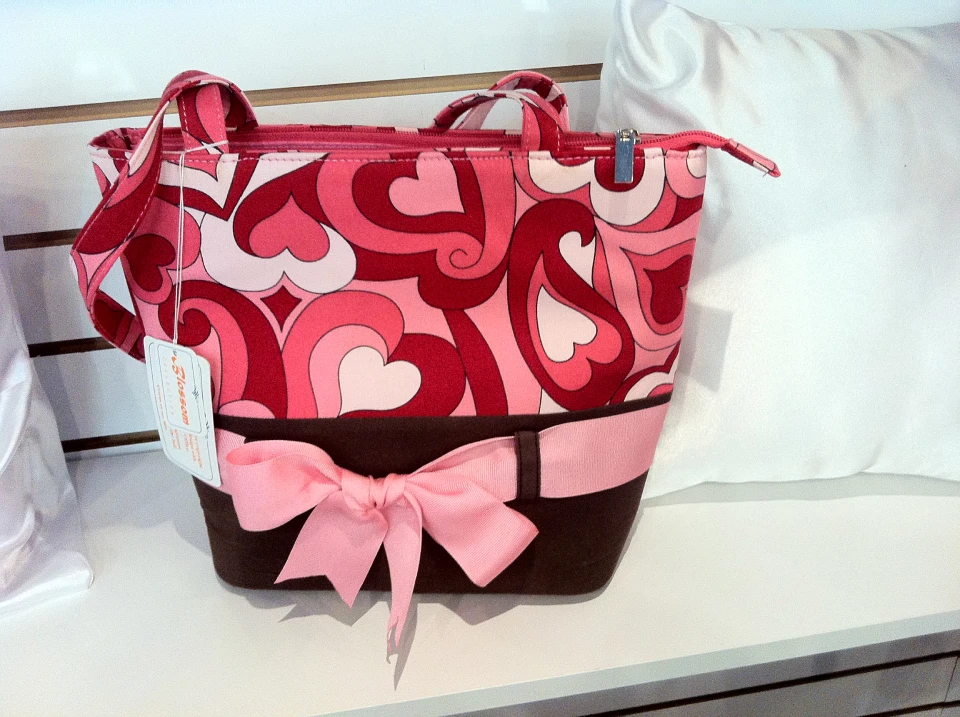Personalized School Uniforms with High-Quality Embroidery Solutions
Personalized School Uniforms with High-Quality Embroidery Solutions
Blog Article
The Art of Personalized Embroidery: Opening the Keys to Creating Special and Remarkable Layouts
The tricks to producing custom needlework layouts that mesmerize the eye and leave a long lasting impression lie in a fragile balance of technique, creativity, and interest to detail. As we dive right into the world of personalized needlework, we uncover the nuanced interaction between thread option, stitch complexity, and layout customization that elevates a plain garment to a work of art.
Choosing the Right Needlework Threads
When choosing needlework threads, what crucial factors should you think about to ensure the very best outcomes for your custom designs? The option of needlework string is essential in figuring out the last outcome of your embroidered layout. One of the main factors to consider is the product of the string. Different materials such as cotton, polyester, rayon, and silk use differing degrees of luster, sturdiness, and appearance. It is necessary to select a thread product that matches the textile you are stitching on and aligns with the desired look of the design.
Thicker threads can include measurement and structure to your layout, while finer strings are perfect for detailed information and little message. Additionally, thinking about the color fastness and washability of the string is vital to guarantee that your custom layouts maintain their top quality and vibrancy over time.
Checking Out Various Stitch Methods
To look into the realm of 'Checking out Different Stitch Techniques', one must realize the complexities and subtleties that each stitching approach offers the art of embroidery. Various stitch techniques not just include visual passion but likewise contribute to the general appearance and dimension of the style. One preferred stitch method is the satin stitch, which entails closely jam-packed parallel stitches to develop a smooth and shiny surface area, perfect for filling out forms and developing bold details.
On the various other hand, the backstitch is a versatile method often used for detailing and including fine details. It includes sewing in reverse to create a solid line of embroidery. Furthermore, the French knot stitch includes a responsive aspect to styles, best for developing distinctive accents like flower centers or decorative touches.
Checking out various stitch strategies permits embroiderers to have fun with light, darkness, and deepness within their styles, boosting the aesthetic allure and artistic quality of their embroidery tasks. By grasping different sewing techniques, one can open limitless opportunities for producing special and unforgettable custom-made needlework items.
Incorporating Personalized Style Aspects
Having explored the details of various stitch techniques such as the satin stitch, backstitch, and French knot, the emphasis now shifts towards incorporating personalized layout aspects in custom needlework jobs. Individualized style elements play a critical function in making embroidery jobs really unique and unforgettable.
Another means to incorporate tailored style components is by including icons or themes that her response hold unique meaning to the recipient or show their interests and personality. Integrating a favored flower, animal, or hobby-related symbol can make the needlework layout more purposeful and tailored. Additionally, choosing shades that reverberate with the recipient or align with the designated motif can additionally enhance the personalization of the needlework task.
Mastering the Art of Color Control
One key element of shade sychronisation is recognizing color theory. This consists of knowing exactly how various colors communicate with each various other, the emotions they communicate, and just how they can be combined to produce aesthetically appealing styles. By using color theory concepts, embroiderers can develop harmonious color palettes that improve why not try these out the total look of the style.
Furthermore, focusing on contrast is vital in shade coordination. Using contrasting colors can aid particular elements of the design pop, improve clarity, and produce an aesthetically vibrant embroidery piece. By mastering the art of color sychronisation, embroiderers can boost their designs and create unforgettable pieces that resonate with customers and viewers alike.
Enhancing Structure With Advanced Embroidery Stitches

French knots, as an example, are best for including small, raised dots to your style, simulating the appearance of grains or developing a distinctive surface area. Bullion knots, on the various other hand, can be used to create twisted, ropelike elements that add a lavish feeling to the needlework. Seed sewing involves tiny, scattered stitches that can fill out locations with a polychromatic texture, while turkey job develops cosy, dimensional accents evocative pet hair or vegetation. Explore these sophisticated needlework stitches enables you to press the borders of traditional needlework and develop absolutely one-of-a-kind and aesthetically attractive structures in your designs.
Conclusion
To conclude, the art of custom-made embroidery includes a combination of picking the ideal threads, exploring numerous stitch methods, incorporating tailored style elements, understanding color coordination, and enhancing texture with innovative stitches. By understanding and carrying out these crucial elements, embroiderers can create unique and memorable layouts that display their creativity and ability. Embroidery lovers can unlock the tricks to website here creating attractive and bespoke items that stand apart and leave a lasting perception.
Report this page